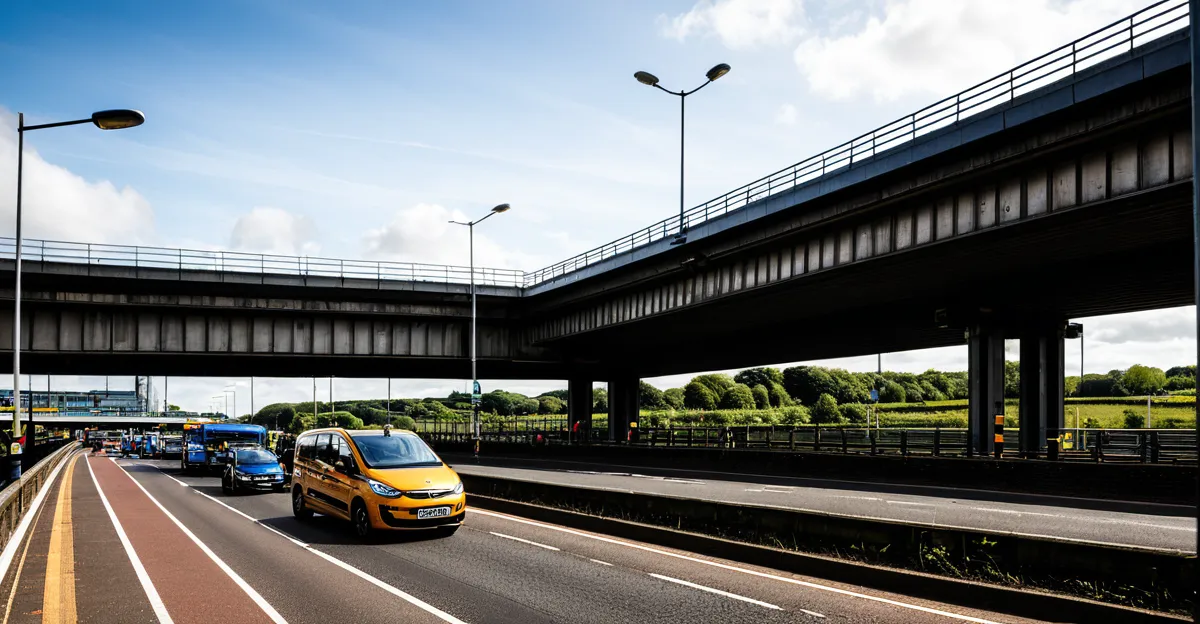Overview of the UK’s Transportation Infrastructure Challenges
The UK transportation issues are rooted deeply in aging transport systems and widespread infrastructure problems. Many rail and road networks date back several decades, leading to frequent breakdowns and maintenance challenges. This aging infrastructure struggles to meet modern demands, creating bottlenecks that hamper efficiency.
One of the most pressing issues is congestion. Key congestion points, especially in urban centers and commuter corridors, significantly impact daily commutes, leading to lost productivity and increased travel times. These congestion hotspots strain both road and rail systems, compounding existing infrastructure weaknesses.
In parallel : Discover the uk’s strategies for boosting sustainable tourism and safeguarding natural heritage
Another major problem lies in the funding gaps and maintenance backlogs. Official reports have highlighted that financing shortfalls prevent timely repairs and necessary upgrades. This funding deficit perpetuates a cycle where aging systems deteriorate further, escalating costs over time.
Addressing these challenges requires strategic investment and coordinated management to ensure that the UK’s transport infrastructure keeps pace with growing demands and technological advancements. Without resolving these fundamental issues, the system risks increasing inefficiencies and traveler dissatisfaction.
In parallel : Discover the uk’s strategies for boosting sustainable tourism and safeguarding natural heritage
Government Initiatives Addressing Infrastructure Issues
The UK government transport strategy focuses heavily on tackling longstanding infrastructure problems within aging transport systems. Recognizing the severity of UK transportation issues, recent spending reviews have introduced several funding initiatives aimed at mitigating bottlenecks and modernizing networks.
One primary response involves increased capital allocation toward maintaining and upgrading rail and road assets, addressing significant maintenance backlogs highlighted in official reports. These funding initiatives aim to reduce the risk of failures caused by outdated infrastructure, which currently contribute to frequent delays and disruptions.
Policy responses emphasize collaboration between national and local authorities to streamline project delivery and target key congestion points. For example, the establishment of regional transport bodies allows more coordinated planning, a critical shift that promises to enhance efficiency and address localized congestion more effectively.
Furthermore, new legislative actions introduce stricter performance monitoring for infrastructure projects, ensuring accountability for expenditures related to both upgrades and ongoing maintenance. These steps collectively underscore the government’s commitment to resolving entrenched infrastructure problems by injecting resources and refining governance frameworks, crucial for the long-term sustainability of the UK’s transport systems.





